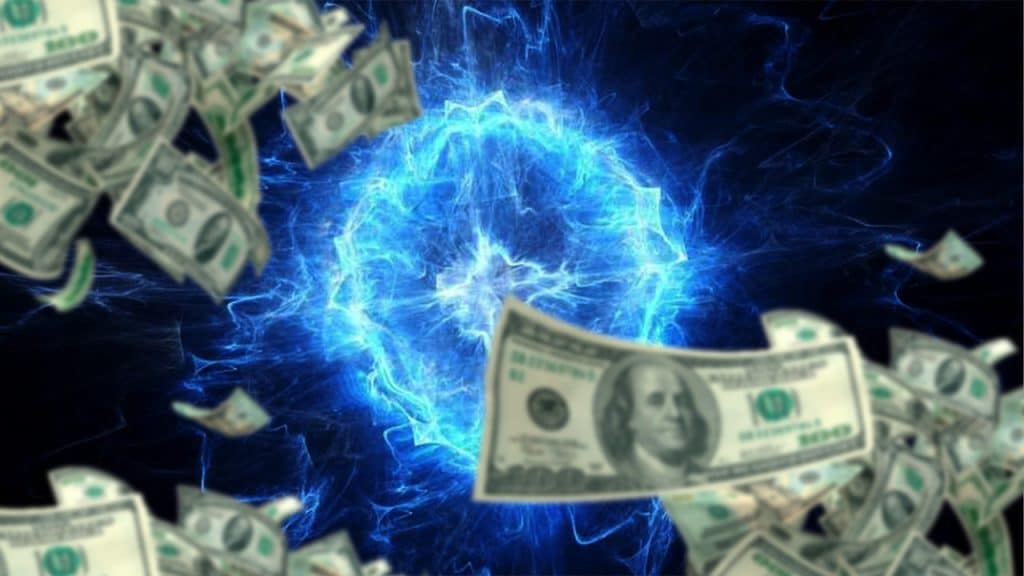
Most people would think diamonds or gold are the most expensive substances on Earth. But they’d be very, very wrong. The world’s most expensive substance is actually antimatter costing $ 62 trillion for just a gram.
Antimatter is defined as matter composed of the antiparticles or “partners “of the corresponding particles in “ordinary” matter. Antimatter occurs in natural processes like cosmic ray collisions and some types of radioactive decay, but only a tiny fraction of these have successfully been bound together in experiments to form antiatoms.
Minuscule numbers of antiparticles can be generated at particle accelerators; however, total artificial production has been only a few nanograms. No macroscopic amount of antimatter has ever been assembled due to the extreme cost and difficulty of production and handling.
Antimatter is even more expensive than platinum or uranium some good guesses in this area are the artificial elements such as ununoctium or unobtanium. Unlike artificially made substances, however, antimatter has been the target of serious attempts to capture and contain it, which greatly increases its cost of production
Recommended: End of Tobacco in New Zealand
To actually create antimatter, scientists focused on the simplest form of matter, hydrogen, is made up of antiproton and one proton. This means that the simplest form of antimatter.
Why is this substance so expensive?
The reason for the antimatter´s tremendous expense is easy to understand when you realize the technology involved in creating it. To make antihydrogen, the required antiprotons must be literally made one atom at a time using a particle accelerator. The CERN (European Organization for Nuclear Research) super collider is the most complex piece of machinery every constructed by humans.
It took about a decade to construct, at a cost of $4.75 billion. It is roughly 10 miles across and contains 9300 magnets, all of which must be cooled to 456.25 F using liquid helium. For the collision to occur, the particles are accelerated to 99.99% of the speed light, which requires an incredible 120MW of electricity power, enough to power a large city.
The collider has a total operating budget of about $ 1 billion per year, with electricity costs alone running at $ 23 .5 million per year. When you also consider the fact it has been estimated to take 100 billion years to produce 1 gram of antihydrogen, you begin to see why the costs are so high.
A gram of antimatter could potentially produce the same explosion as a nuclear bomb, although scientists have only been able to produce minuscule amounts of the substance.
The more extreme studies claim that antimatter could potentially end our world, while other utilitarian researchers say that in small counts it could possibly be used as fuel for flying spacecraft





